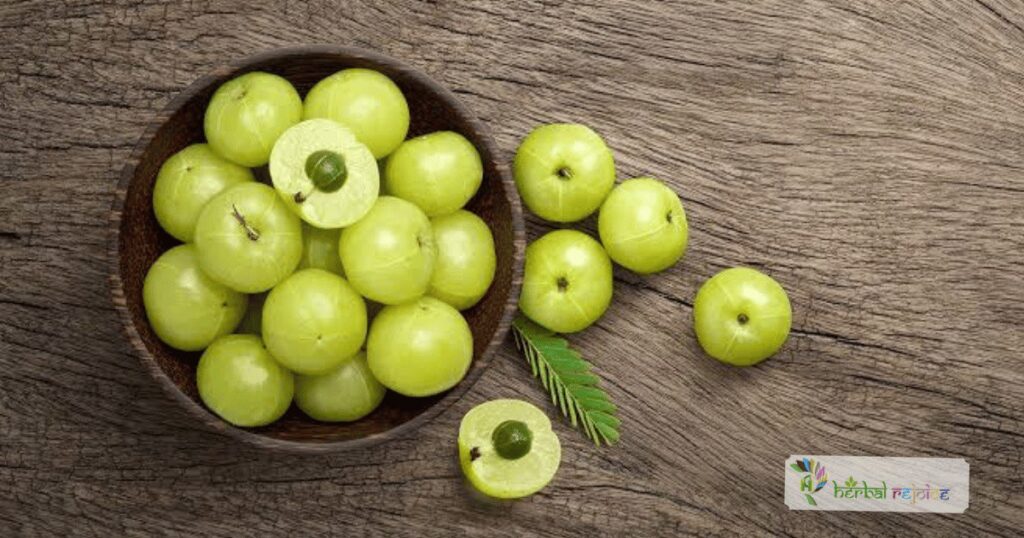Introduction
Viscum monoicum Roxb. ex DC. (One-flowered mistletoe), also known as Katukavalli in Ayurveda and Pulluri in Siddha/Tamil, is a fascinating plant species that can be found parasitizing the Strychnos nux-vomica tree in the enchanting region of Sikkim. It is also known by the folk names Kuchleikaa-malang and Kuchlekaa-baandaa.
Medicinal Properties
The properties of Viscum monoicum Roxb. ex DC. bear a striking resemblance to those of Strychnos nux-vomica. In fact, it is often used as a substitute for the renowned alkaloids strychnine and brucine. This makes it a valuable alternative for medicinal purposes.
It is worth mentioning that this unique plant is not limited to its parasitic relationship with the Strychnos nux-vomica tree. It can also be found parasitizing other plants such as Albizia amara, A. odoratissima, Pongamia pinnata, and Ziziplus oenoplia.

With its rich history and significant medicinal properties, One-flowered mistletoe (Viscum monoicum Roxb. ex DC.) holds great potential for various traditional and alternative medicinal applications. Its unique attributes make it an interesting subject of study and research in the field of herbal medicine.
Conclusion
Overall, Viscum monoicum Roxb. ex DC. is a plant that deserves attention for its valuable properties and potential as a natural alternative to allopathic medicine. Its traditional uses in Ayurveda and Siddha medicine indicate its longstanding significance in the Indian medicinal practices. By exploring the secrets of this plant, we may uncover new possibilities for healing and wellness.
Frequently Asked Questions
What is Viscum monoicum Roxb. ex DC.?
Viscum monoicum, or One-flowered mistletoe, is a parasitic plant that belongs to the Viscaceae family. It is traditionally used in Ayurvedic and Siddha medicine systems.
Where is Viscum monoicum commonly found?
It is typically found in the region of Sikkim, India, parasitizing trees like Strychnos nux-vomica, Albizia amara, and Pongamia pinnata.
What are the traditional uses of Viscum monoicum?
Viscum monoicum is traditionally used in the treatment of conditions like neuralgia, fistulas, and pustules. It is also considered a substitute for the alkaloids strychnine and brucine.
What medicinal properties does Viscum monoicum possess?
This plant has anti-inflammatory, analgesic, and neuroprotective properties due to its resemblance to the active compounds found in Strychnos nux-vomica.
What parts of the plant are used in traditional medicine?
The entire plant, including the leaves, stems, and roots, may be used, but the latex is particularly valued for its medicinal properties.
What is the significance of Viscum monoicum in Ayurveda?
In Ayurveda, it is known as Katukavalli and is used for its potential to relieve pain, treat neuralgia, and manage skin diseases.
How is Viscum monoicum used in Siddha medicine?
In Siddha medicine, it is called Pulluri and is used to treat a variety of skin conditions, fistulas, and other inflammations.
Does Viscum monoicum have any connection with Strychnos nux-vomica?
Yes, Viscum monoicum often parasitizes Strychnos nux-vomica and shares similar alkaloid content, making it a natural substitute for strychnine and brucine.
Can Viscum monoicum be used as a substitute for synthetic alkaloids?
Yes, due to its natural alkaloid content, Viscum monoicum is used as a substitute for strychnine and brucine in traditional treatments.
Are there any known chemical compounds in Viscum monoicum?
It contains alkaloids similar to those in Strychnos nux-vomica, including strychnine-like compounds that contribute to its medicinal properties.
What are the folk names for Viscum monoicum?
In addition to its Ayurvedic and Siddha names, it is called Kuchleikaa-malang and Kuchlekaa-baandaa in regional folklore.
What conditions can Viscum monoicum treat?
It has been traditionally used to treat conditions like neuralgia, pustules, fistulas, and skin diseases, particularly when inflammation is involved.
Is Viscum monoicum considered safe for use?
Though used traditionally, the safety of Viscum monoicum, especially due to its alkaloid content, warrants caution. Consulting a qualified healthcare professional before use is recommended.
Can Viscum monoicum be used in modern medicine?
While it is primarily used in traditional medicine, further research could potentially unlock its applications in modern medical treatments.
What makes Viscum monoicum unique among mistletoes?
Viscum monoicum is unique due to its parasitic relationship with Strychnos nux-vomica and its alkaloid content, which mimics potent medicinal compounds.
Does Viscum monoicum have any antibacterial or antifungal properties?
It is traditionally used for its potential anti-inflammatory and antibacterial properties, though more research is needed to confirm these effects.
Can Viscum monoicum help with neural conditions?
Yes, in traditional medicine, it is used for neuralgia and other conditions involving nerve pain, attributed to its alkaloid content.
How is Viscum monoicum harvested for medicinal purposes?
The plant is harvested by collecting its leaves, latex, and stems, which are then processed for topical or oral use in various remedies.
Are there any side effects associated with Viscum monoicum?
Potential side effects are not well documented in modern literature, but caution is advised, especially due to the plant’s alkaloid content.
What future research is needed for Viscum monoicum?
Further studies on its bioactive compounds and their therapeutic applications are required to fully unlock the medicinal potential of Viscum monoicum in modern medicine.


